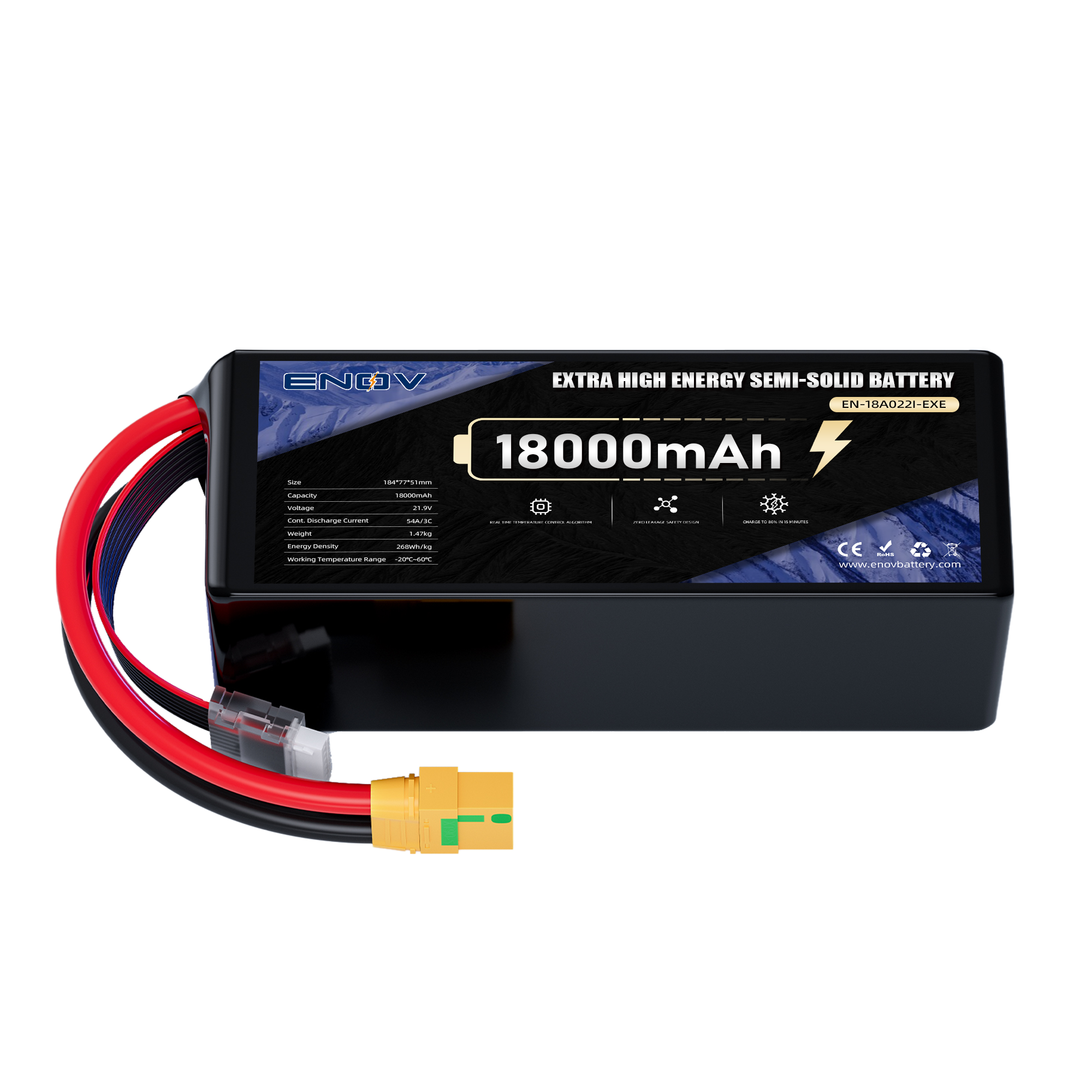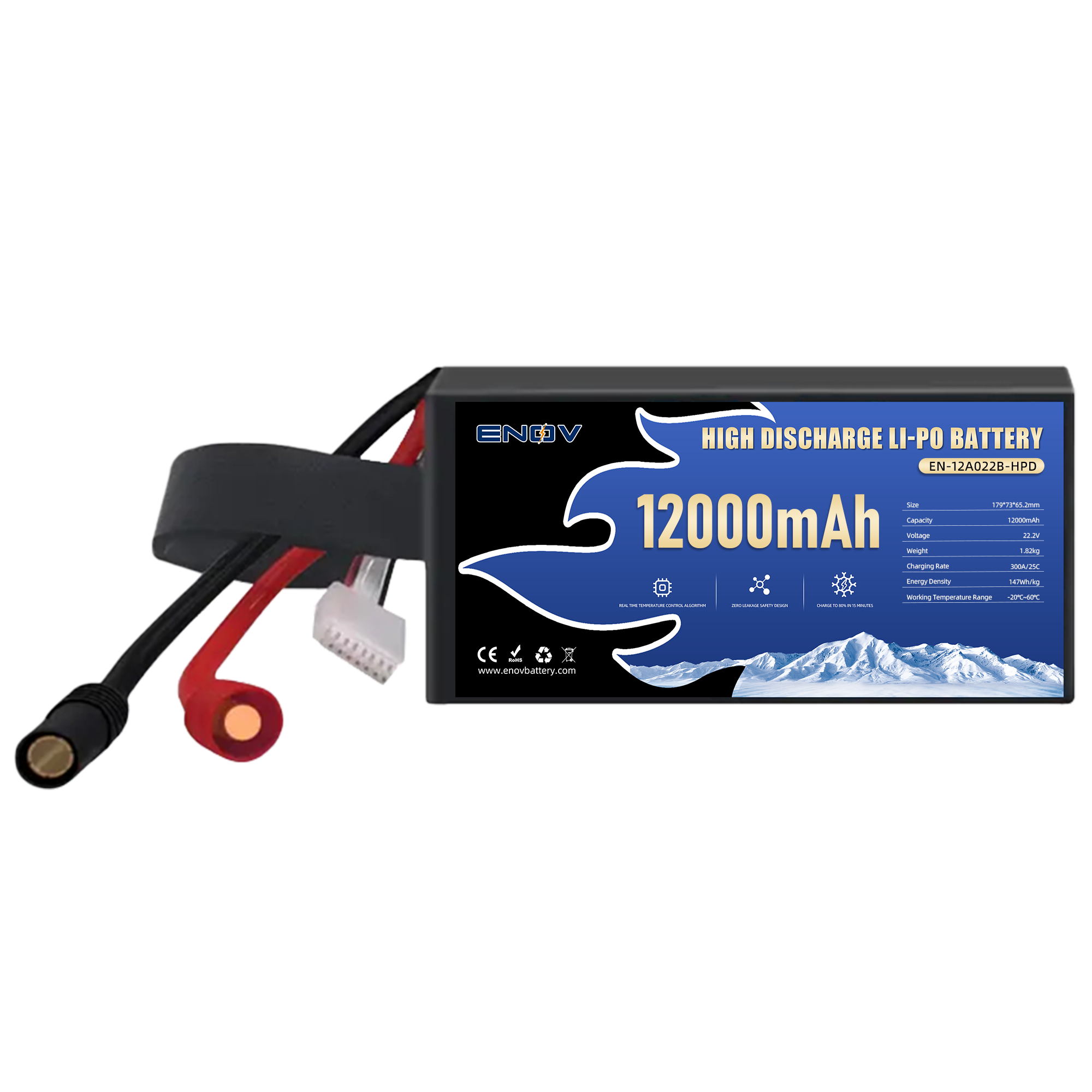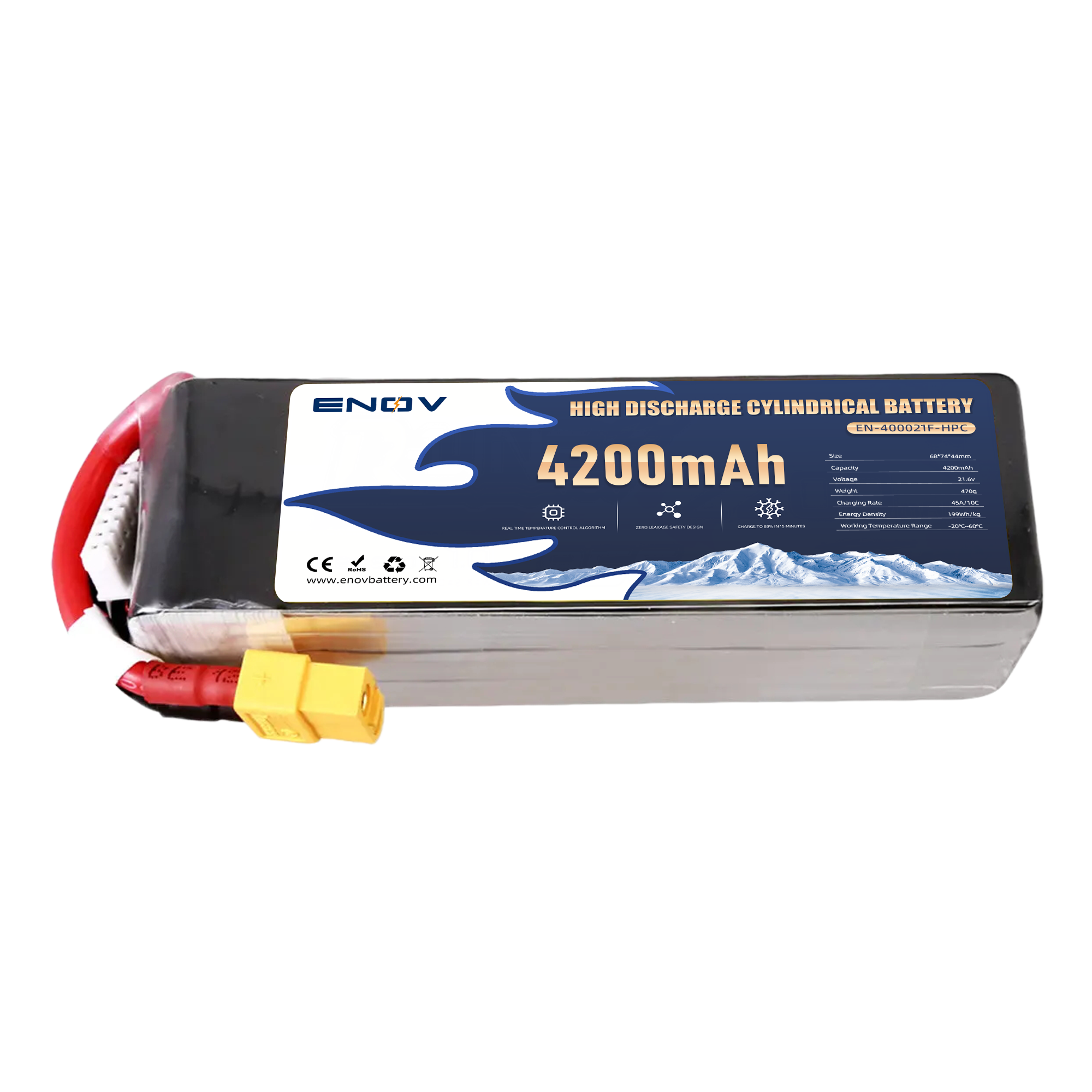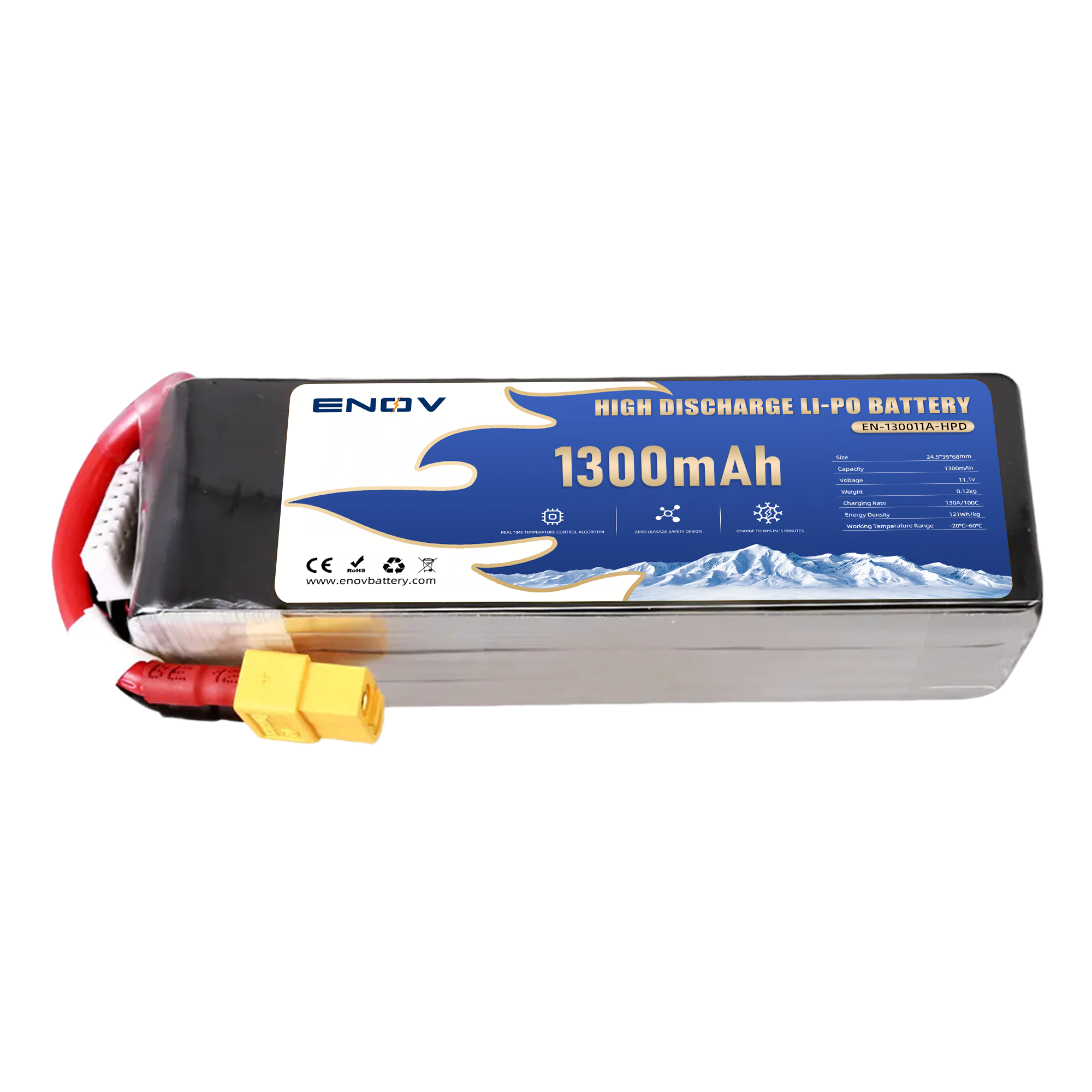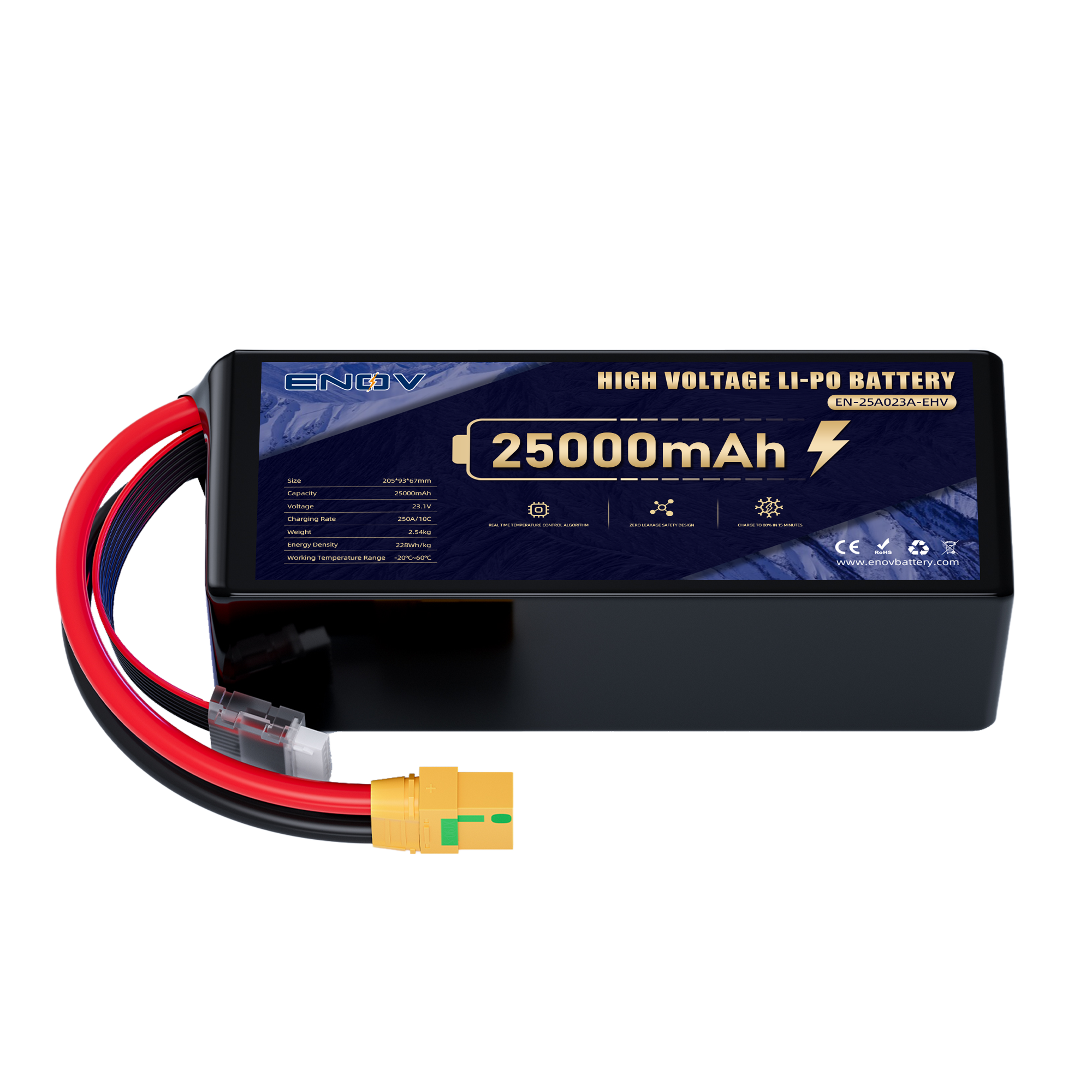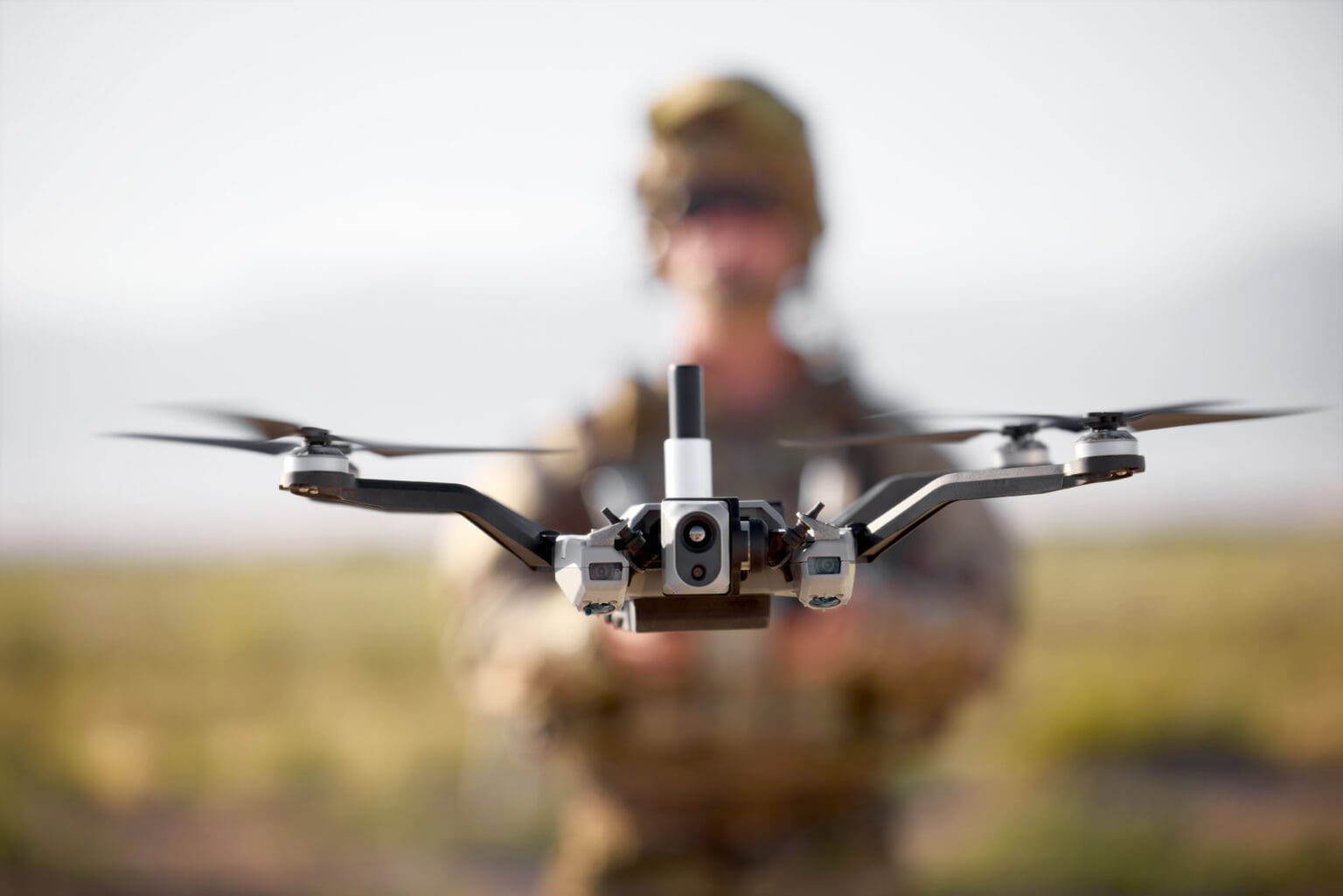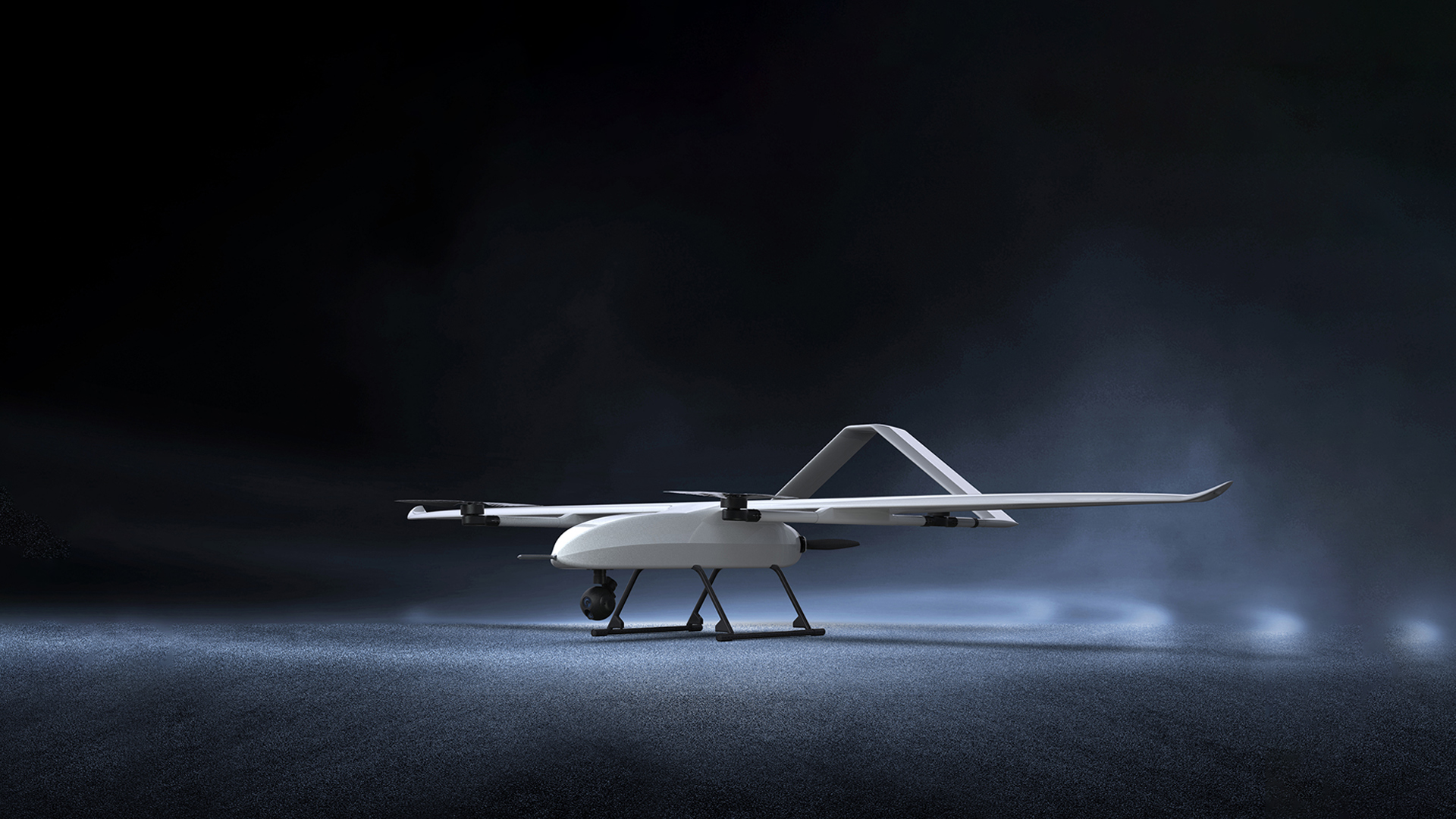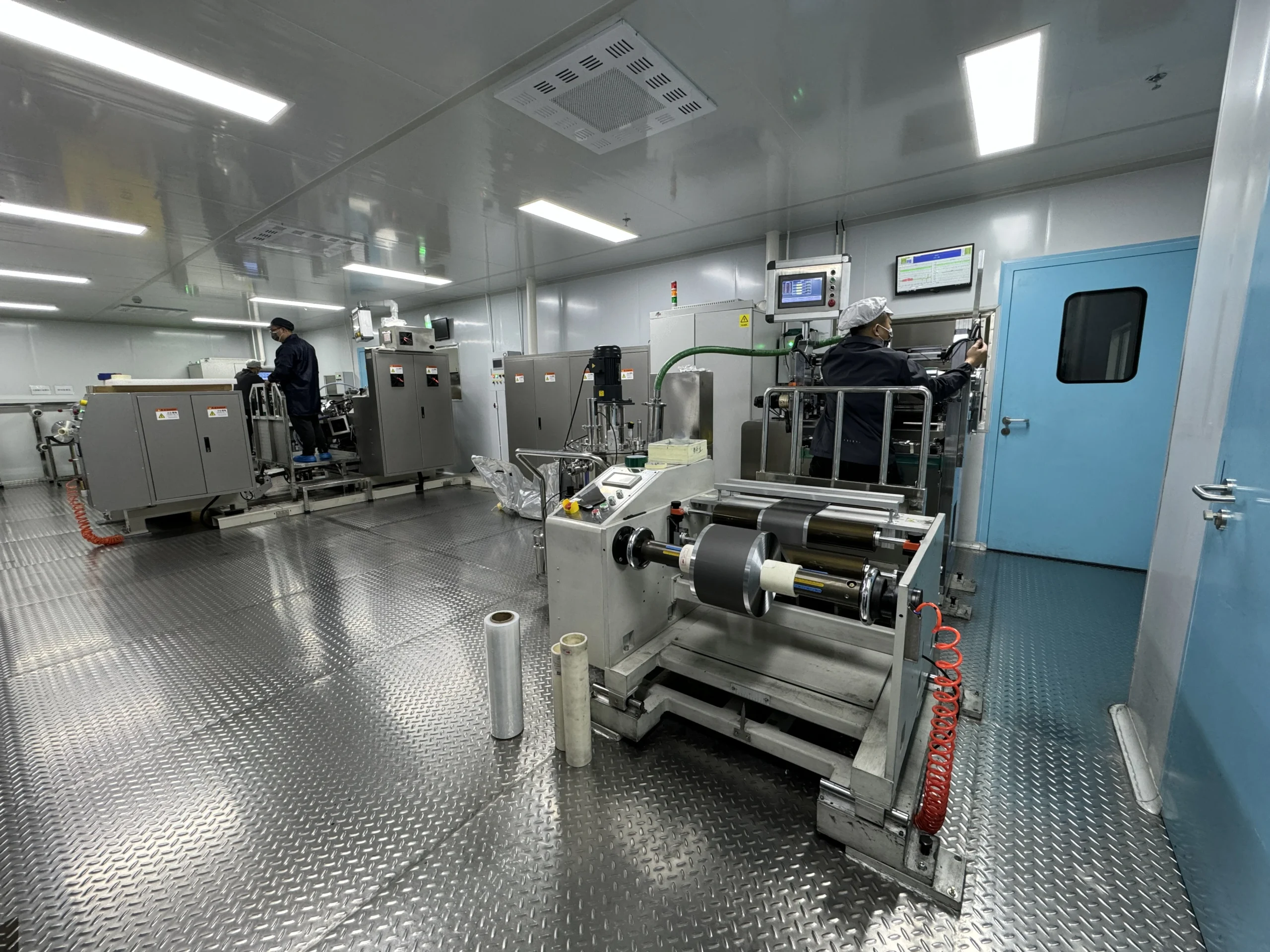Smart Encapsulation for Enhanced Safety: Adaptive Systems Revolutionizing Protection
Smart Encapsulation for Enhanced Safety: Adaptive Systems Revolutionizing Protection
Smart encapsulation for enhanced safety represents a transformative approach to safeguarding high-performance systems in volatile environments. By integrating self-monitoring materials, dynamic response mechanisms, and AI-driven diagnostics, modern encapsulation technologies now autonomously adapt to threats like thermal extremes, mechanical stress, and chemical corrosion.
This article examines how adaptive encapsulation systems balance proactive defense with operational efficiency, enabling breakthroughs in energy storage, aerospace, and industrial automation.
thrust
1. Material Innovations: Self-Healing Polymers and Dynamic Barriers
A cornerstone of smart encapsulation lies in self-repairing polymers that mend cracks or punctures caused by impacts or thermal cycling. These materials, often embedded with microcapsules of healing agents or liquid metal alloys, restore structural integrity within minutes—critical for drone batteries exposed to harsh weather or EV battery packs prone to vibration fatigue. For instance, phase-change composites automatically adjust their viscosity to seal gaps during temperature fluctuations, preventing moisture ingress in offshore energy systems.
Another breakthrough involves electroactive polymers that stiffen or soften in response to electrical signals. Such materials enable adaptive sealing for aerospace components, where sudden pressure changes demand instantaneous encapsulation adjustments to maintain cabin integrity.
2. Sensor-Integrated Encapsulation: Real-Time Threat Detection
Modern systems embed nanosensors within encapsulation layers to monitor environmental stressors like humidity, pH shifts, or strain. These sensors relay data to centralized control units, triggering predefined responses such as activating hydrophobic coatings or releasing corrosion inhibitors. In renewable energy storage, graphene-based sensors detect minute electrolyte leaks in battery modules, enabling localized repairs before catastrophic failures occur.
Machine learning algorithms further enhance responsiveness by predicting failure patterns. For example, AI models analyze historical thermal data to optimize cooling gel distribution in encapsulated power electronics, reducing hotspots by 40% during high-load operations.
3. Thermal Adaptive Systems: Phase-Change Regulation
Extreme temperatures pose significant risks to encapsulated systems. Smart solutions employ phase-change materials (PCMs) that absorb excess heat during operation and release it during cooling cycles. Paraffin-enhanced silicones, for instance, stabilize lithium-ion batteries in EVs by maintaining optimal temperatures between -30°C and 80°C. Additionally, aerogel-infused encapsulation layers provide ultralight insulation for satellites, where weight constraints and cosmic temperature swings coexist.
Directional heat-dissipation designs further optimize thermal management. Encapsulation panels with graphene-embedded channels redirect heat away from sensitive components, a strategy proven effective in high-density server farms and military-grade communication devices.
4. Chemical Resistance: Reactive Encapsulation Layers
Harsh chemical environments demand encapsulation systems that actively neutralize threats. Innovations include zwitterionic polymer coatings that repel corrosive ions in marine energy converters, and enzyme-infused barriers that break down acidic pollutants in industrial exhaust systems. For medical implants, pH-responsive hydrogels automatically adjust permeability to prevent bacterial colonization while allowing controlled drug release.
Nanocomposite films with layered clay and silica structures offer multi-stage defense. These films not only block moisture and UV radiation but also release antioxidant nanoparticles when oxidative stress is detected—a feature increasingly adopted in solar panel encapsulation.
5. Sustainability-Driven Design: Recyclable and Lightweight Solutions
The push for eco-friendly encapsulation has spurred bio-based polymers derived from cellulose or chitosan, which degrade harmlessly after decommissioning. Modular encapsulation architectures, such as interlocking panels with snap-fit joints, simplify disassembly for recycling—a key advantage in consumer electronics and automotive sectors.
3D-printed encapsulation casings minimize material waste while enabling custom geometries for drones and IoT devices. For example, topology-optimized battery housings reduce raw material usage by 35% without compromising impact resistance.
Conclusion
From self-healing aerospace components to AI-managed industrial barriers, smart encapsulation for enhanced safety is redefining reliability across sectors. These systems not only extend equipment lifespans but also enable safer operations in previously inaccessible environments, from deep-sea robotics to Arctic infrastructure. As material science and AI converge, adaptive encapsulation will remain pivotal in bridging technological ambition with real-world durability challenges.
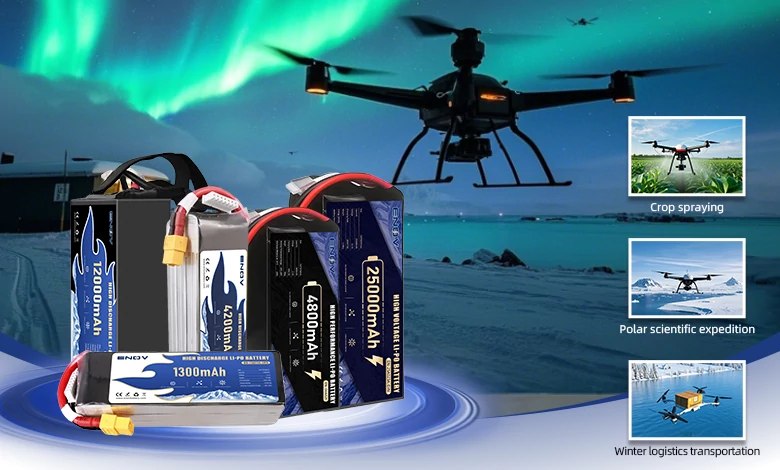
UAV DRONE battery
Enov UAV battery has the most advanced UAV battery new technology, it has a lightweight structural design, ultra-high energy density, stable continuous discharge, customized ultra-high instantaneous discharge, wide temperature working range, stable charge and discharge, battery materials can choose high nickel terpolymer positive/silicon carbon negative material system combined with semi-solid battery technology. Or choose a more mature application of more UAV lithium battery technology, available UAV battery nominal voltage 3.7V, capacity 18.0Ah ~ 30.0Ah, support 10C continuous discharge and 120C pulse discharge (3 seconds). With ultra-high energy density (220-300Wh/kg) as its core advantage, Enov UAV batteries can meet the needs of long-term endurance scenarios such as plant protection drones and transport drones, while maintaining stable emission performance in extremely low temperature environments (-40℃).
Other products
START-STOP LITHIUM BATTERY
LITHIUM ENERGY STORAGE BATTERY
QUICK INQUIRY
FAQ
Access to high frequency technical questions with one click, get accurate answers on product application, after-sales policy and customization process.
Service and Support
Get the latest product specifications, explore professional OEM/ODM customization services, click to open exclusive technical support and production solutions.
Become a Partner
We sincerely invite resources to interconnect, work together for win-win development, and immediately open a new chapter of strategic cooperation!
